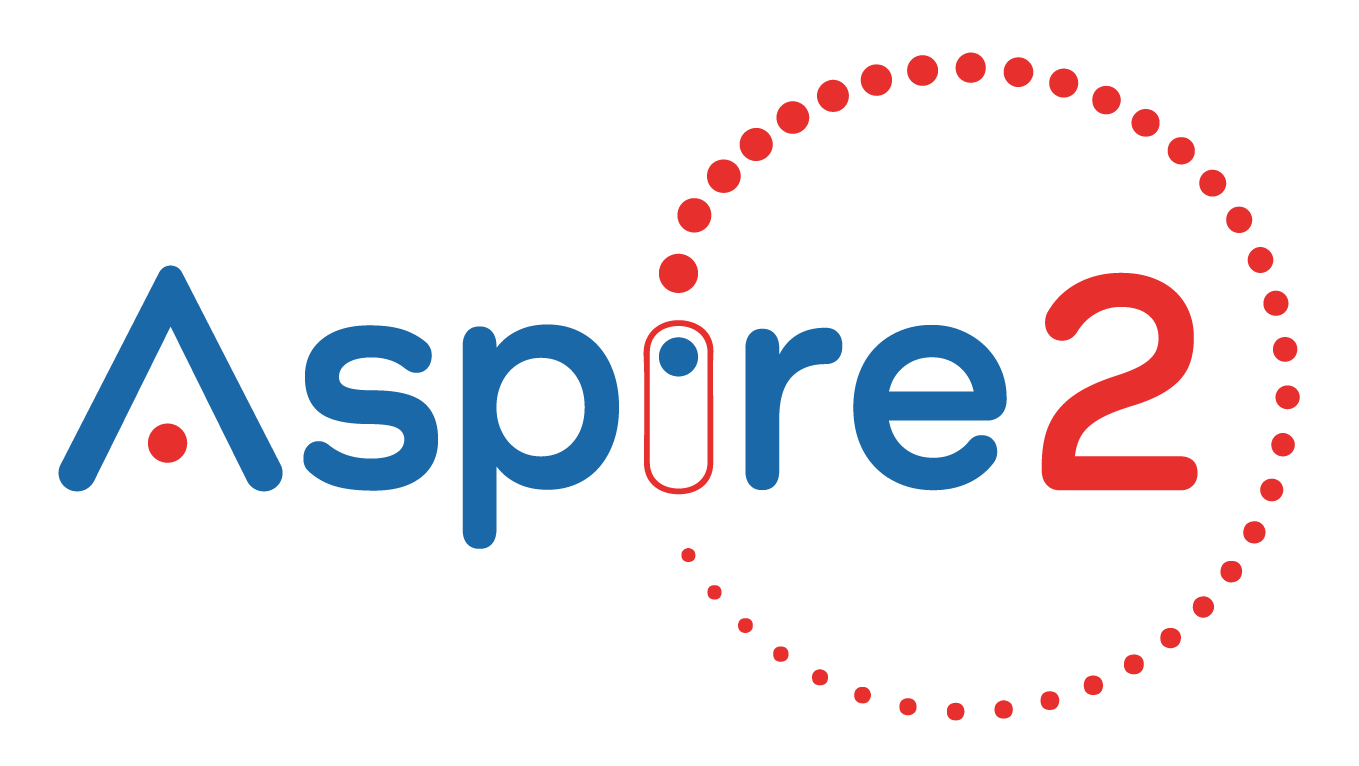
Shifting the Conversation on Sustainable Leadership
We all know the toll leadership takes in schools. It’s the quiet weight people carry long after the day’s done — the expectations, the complexity, and the responsibility that rarely lets up.
More and more, we’re seeing leaders step away. Some do it to protect their wellbeing. Others leave quietly, worn down by the pace and pressure. The truth is, we’re losing good people — and when that happens, it leaves more than just a vacancy. It creates a ripple across the school and its community.
At Aspire2, we’ve been thinking deeply about what leadership needs to be — not just at the point of appointment, but over the long term. Because traditional recruitment approaches just aren’t holding up. They’re too focused on speed and surface fit, and not nearly focused enough on sustainability.
What if we stopped recruiting to replace, and started recruiting to renew?
Leadership transitions often trigger a rush to fill the gap. The instinct is to find a fix — fast. But a quick appointment doesn’t mean the right appointment. And a great leader won’t last if the environment they’re stepping into isn’t built to support them.
Sustainable leadership doesn’t happen by accident. It comes from being intentional — not only about the person you’re appointing, but about the conditions that will allow them to lead well, and stay well.
That might mean taking time to define what success looks like beyond KPIs. It might involve identifying pressure points, planning for succession, or thinking about the broader leadership structure. It might also mean engaging expert partners to support mentoring, onboarding, or team development beyond the appointment.
We don’t do all of that ourselves — but we do make sure it’s not an afterthought. Because leadership longevity starts well before day one.
Familiar isn’t always safer
Recently, someone told us they really valued our approach — but ultimately chose a more traditional recruitment model to appoint a school leader. It felt easier, more familiar. And we get that. In high-stakes appointments, trying something new can feel like a risk.
But is that really the greater risk? Reverting to the same model you’ve always used, hoping for a better result — or appointing someone who might not be set up to thrive in your context? Especially when this person will lead your school, your team, and your community.
To read the full story, visit LinkedIn.

Tara Staritski
CEO & Founder



